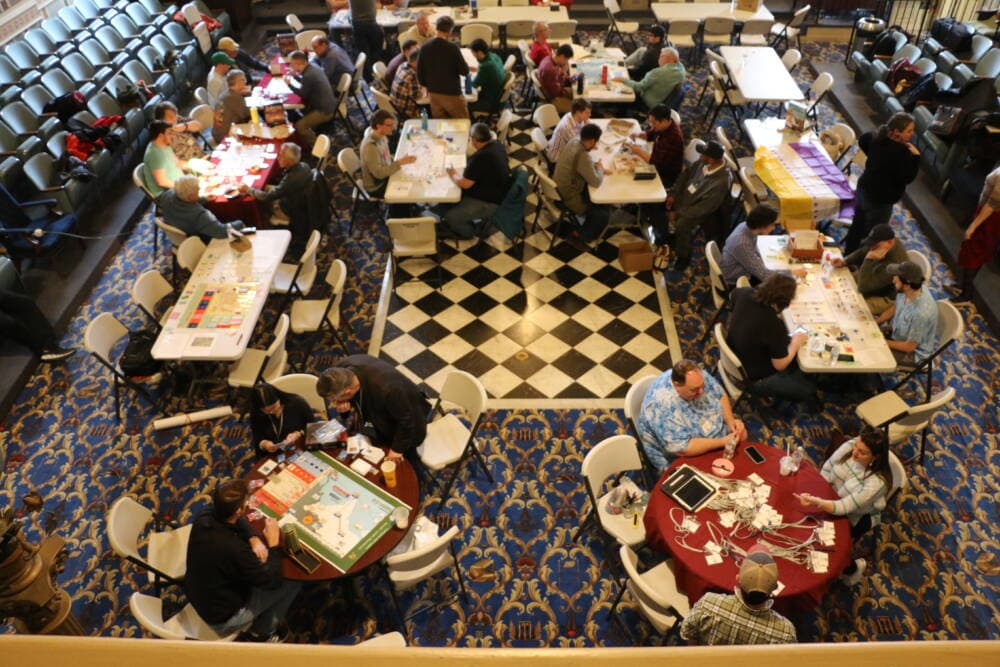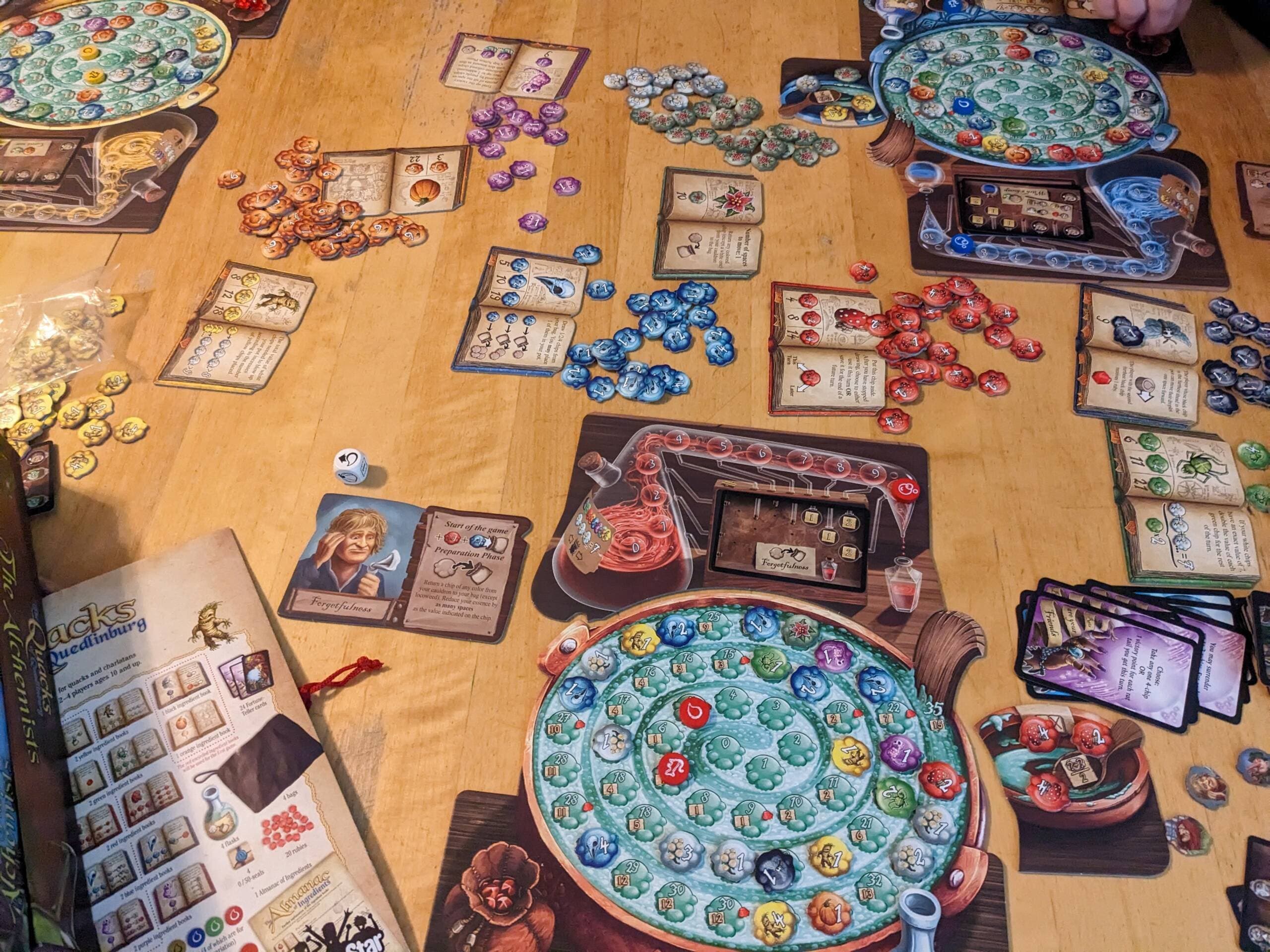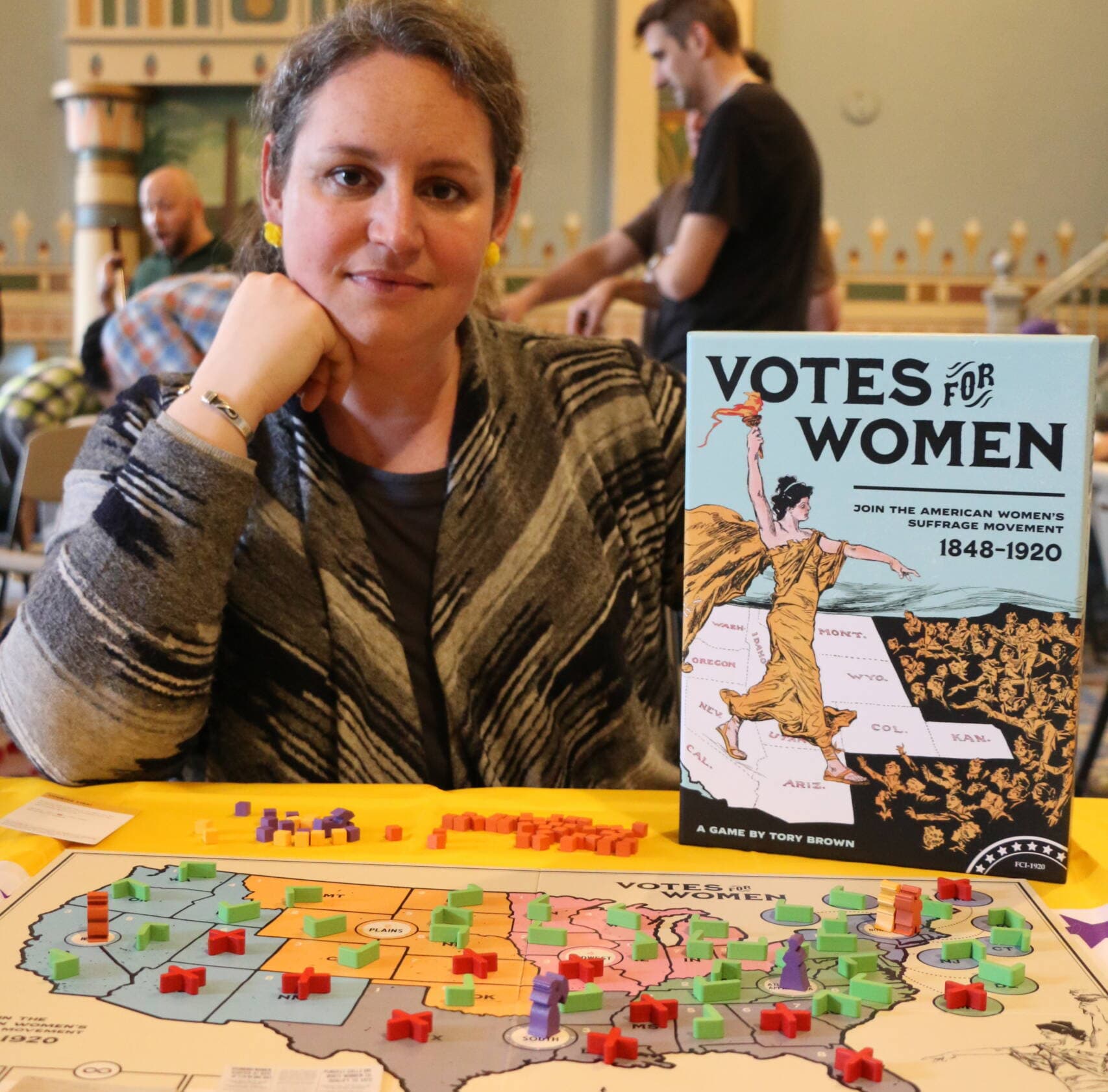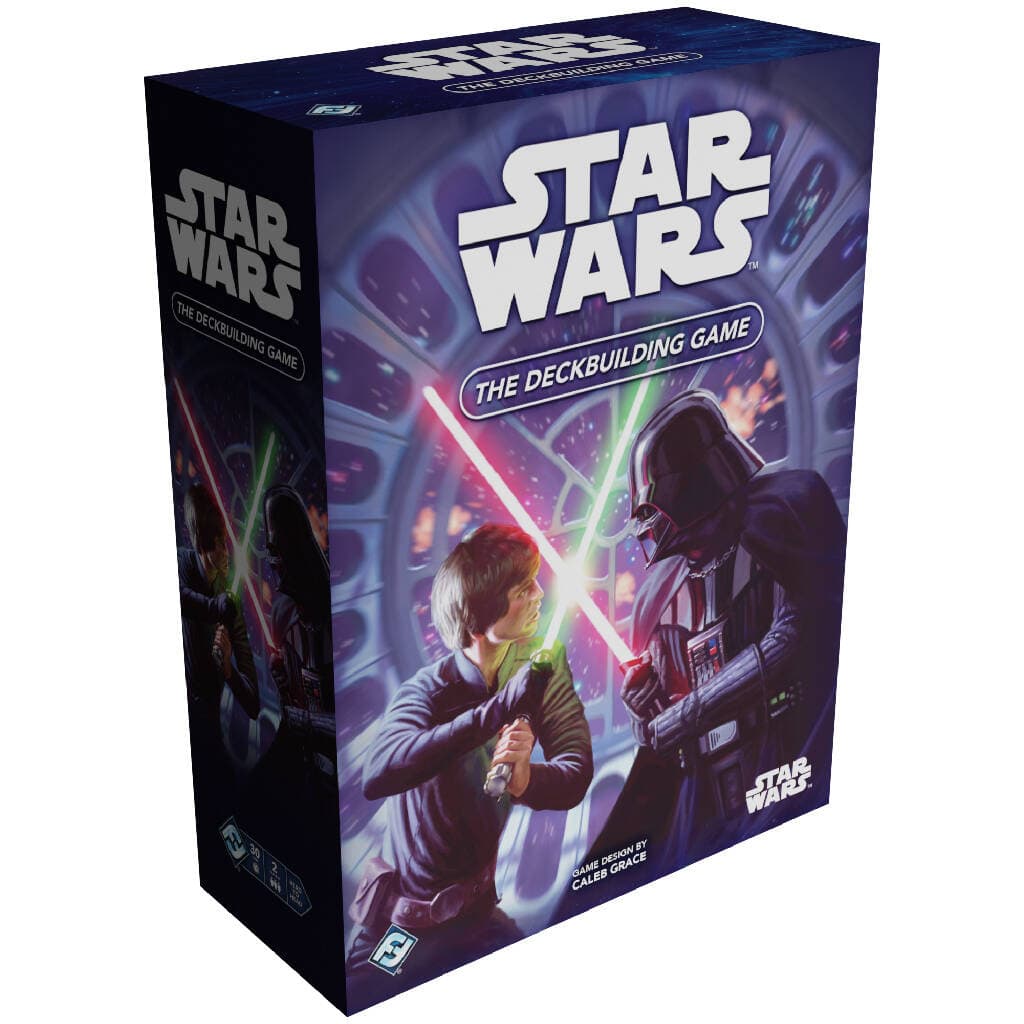Advertisement
Board games are having a renaissance — but which should you play?

For generations, when you thought of board games, you’d probably think of the same old titles: Household names like “Monopoly,” “Scrabble” or “Risk.”
But the market began to transform in the 1990s: Titles considered niche then are mainstream now. (“Settlers of Catan,” I’m looking at you.) Today, the hobby bursts with unique games for every taste and season.
Want a 30-minute game that’ll get everyone talking and laughing? Try “Monikers,” the “Metagame” or “Wavelength.”
Want to feel like a word wiz? “Codenames,” “Decrypto” or “Letterjam” might be for you.
Perhaps you want to deceive your friends — or better yet — catch them in a lie? “Secret Hitler,” “Avalon” and “One Night Ultimate Werewolf” offer all the social deduction mayhem you could ask for.
We tried some of the best games for new players (including some games that are hot off the presses!). Here are our findings:
Good things come in small boxes
Particularly, hat boxes! The new game “Hats” challenges players to collect the most stylish headgear at the Mad Hatter’s party. The trick is, you won’t know which hats are worth points until the final turn, as you trade cards from a central board with an ever-shrinking hand.
Don’t let the whimsical caps and cloches fool you: This game is all about numbers and subterfuge, and it rewards you for switching strategies at the drop of, well, a hat.
The small-box curious should also consider the legendary “Love Letter,” which has numerous variants, but packs more strategy and drama into 16 cards than games many times its weight. “Scout” also deserves mention, which has you compete to pull off the grandest carnival acts (by way of collecting — you guessed it — numbered cards).
A silly game with a bigger rulebook
“Quacks of Quedlinburg” isn’t about ducks — rather, the game casts you as inept potion-makers competing to cram the best components into your cauldrons without combusting.

I have to admit that I’ve been brewing badly for years. I could count on one hand how many games of “Quacks” I’ve actually won, and I’ve lost to a 6-year-old more times than I care to admit.
But I just can’t help myself. “Quacks” turns me into a gambler, eager to chuck mushrooms, mandrake roots, and pumpkins into my pot, even as I know it only takes a few errant poppy flowers to blow me sky-high.
However, my efforts to convey this delirious balance of risk and reward hit were stymied by the game’s intimidating set-up. If you’re new to the hobby, budget the time to punch out cardboard pieces and see if you can recruit an experienced player to show you the ropes. Host Deepa Fernandes and I spent over an hour on Zoom before it began to click for her — more time than it would take experienced players to finish a game.
Naturally, you’ll also want to start with the base game: the absolute simplest version of “Quacks” you can play. It’s been expanded twice over the years, and while I particularly like “The Alchemists,” these additions may overcomplicate the core experience of pulling tokens out of a bag until you either win … or explode.
Advertisement
War games and historical games
Some of the oldest board games simulate armed conflict, however abstract (from “Chess” to “Go”). But if you use the words “war game” in sequence, hobbyists know you mean a decades-old subgenre notorious for dusty rules and intricate maps.
While these games model actual history, from Waterloo to World War II, more recent designs evolved to depict other kinds of conflicts, from the Cold War in “Twilight Struggle,” to this year’s “Votes for Women,” where you battle to pass (or stop) the 14th Amendment.

“I think it would be really hard to play ‘Votes for Women’ and not learn a little bit, not feel a little bit,” says Tory Brown, the designer of “Votes for Women.” I bumped into her at a small D.C. game convention, and we talked about the history the game tries to bring to life.
“There are lessons from that movement that can inspire and teach us today. It wasn't a perfect group of women that got it done. They had their flaws. The game is very honest about it, but they made sacrifices, they made choices and they worked.”
I, for one, will never forget how a Jeanette Rankin card destroyed my chances for an Opposition victory. My wife gathered so much momentum as the Suffragist player that I even lost battlegrounds like Louisiana and Texas that I had taken for granted. The end of the game felt like a real campaign: a long, hard slog where every state matters.
A word of warning, though: “Votes for Women” is the most complex game discussed in this article. While it succeeds as a lovingly researched production, it doesn’t offer the kind of bubbly fun I usually go for. Should long, complicated games appeal to you, however, it’s certainly a welcome novelty, and can be played cooperatively, as well as competitively.
The joys of deckbuilding
While “Votes for Women” may simulate a real conflict, “Star Wars: The Deckbuilding Game” offers pure fantasy for two players. Nostalgic and beautifully illustrated, you’ll win the game by buying Rebel or Empire cards from a shared market to add to your respective deck, which enable you to win the balance of the force and claim planetary strongholds.

It’s not Earth-shattering design, but it’s a good introduction to one of my favorite mechanics. The venerable “Dominion” popularized this kind of deckbuilding in 2008, where players improve their card pool turn by turn (unlike a trading card game, where decks only change between games).
To its credit, “Star Wars: the Deckbuilding Game,” adds more interactivity to the formula by allowing players to destroy rival cards before they can be bought. You’re not just fighting to control the Galaxy, but you can also stop an opponent from recruiting Luke Skywalker or Leia Organa before they can be turned against you, for example.
Board, never boring
This piece can only scratch the surface of a vibrant and ever-shifting pastime, which has brought me untold hours of joy and some of my deepest friendships — I would not have gotten to know the woman I married if not for them! They may be made of cardboard, wood, and plastic, but board games can conjure some of the richest experiences you may ever have.
This segment aired on April 20, 2023.
